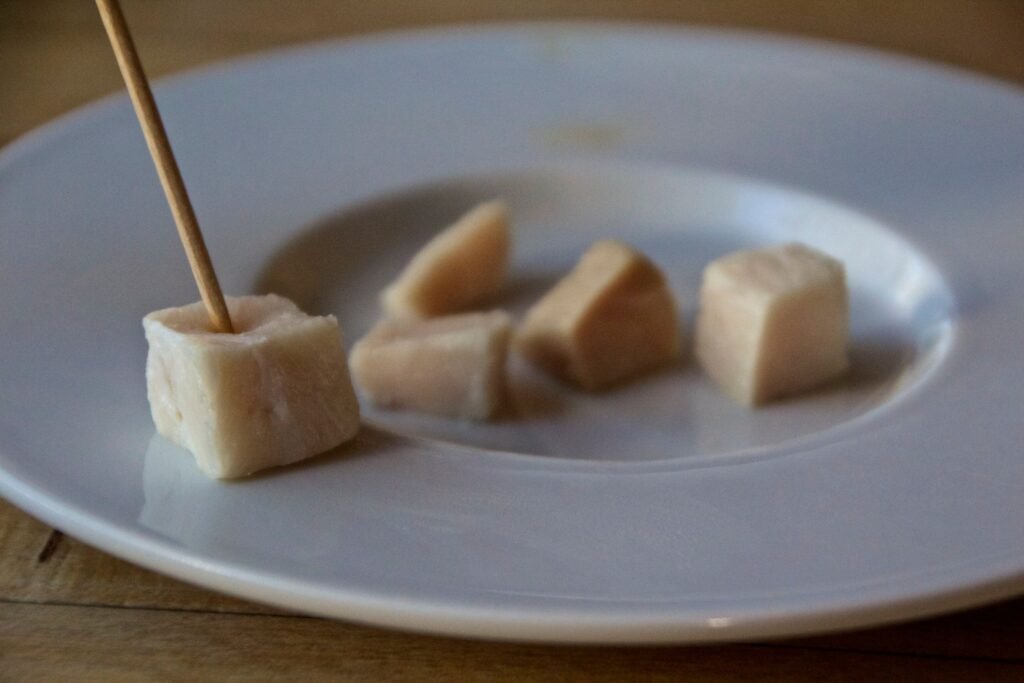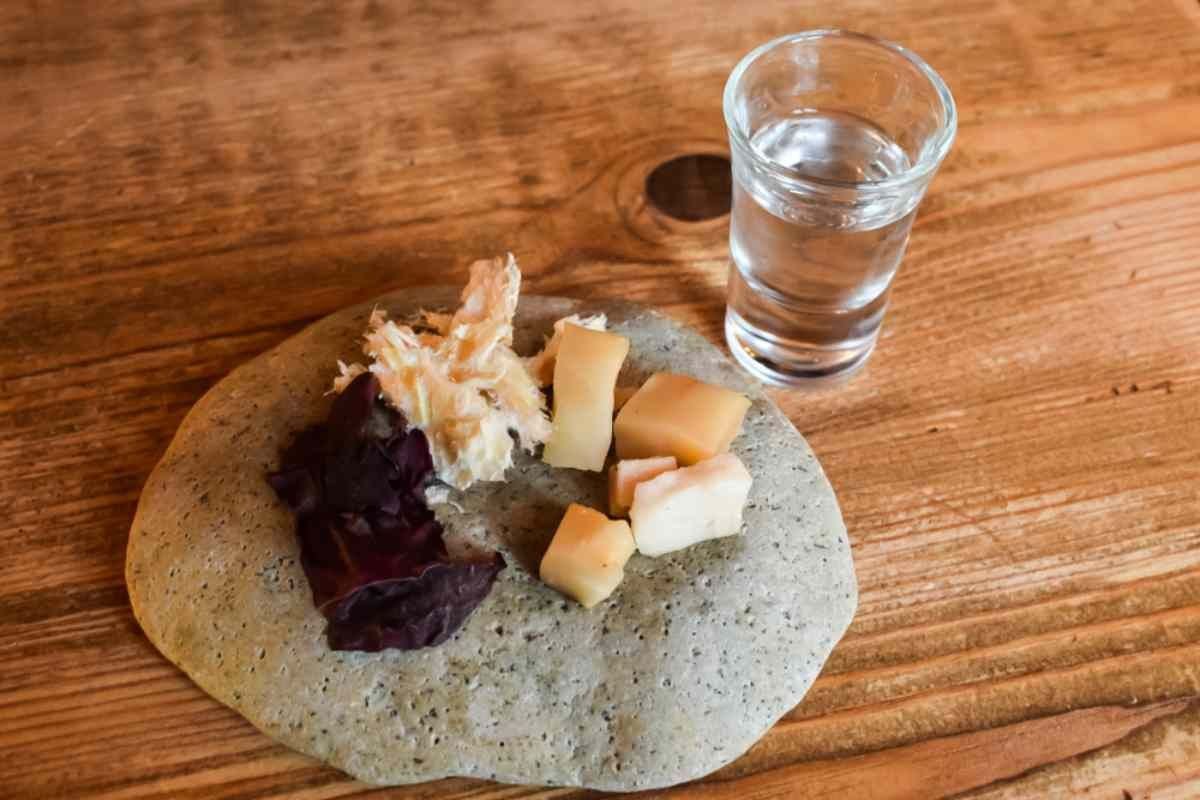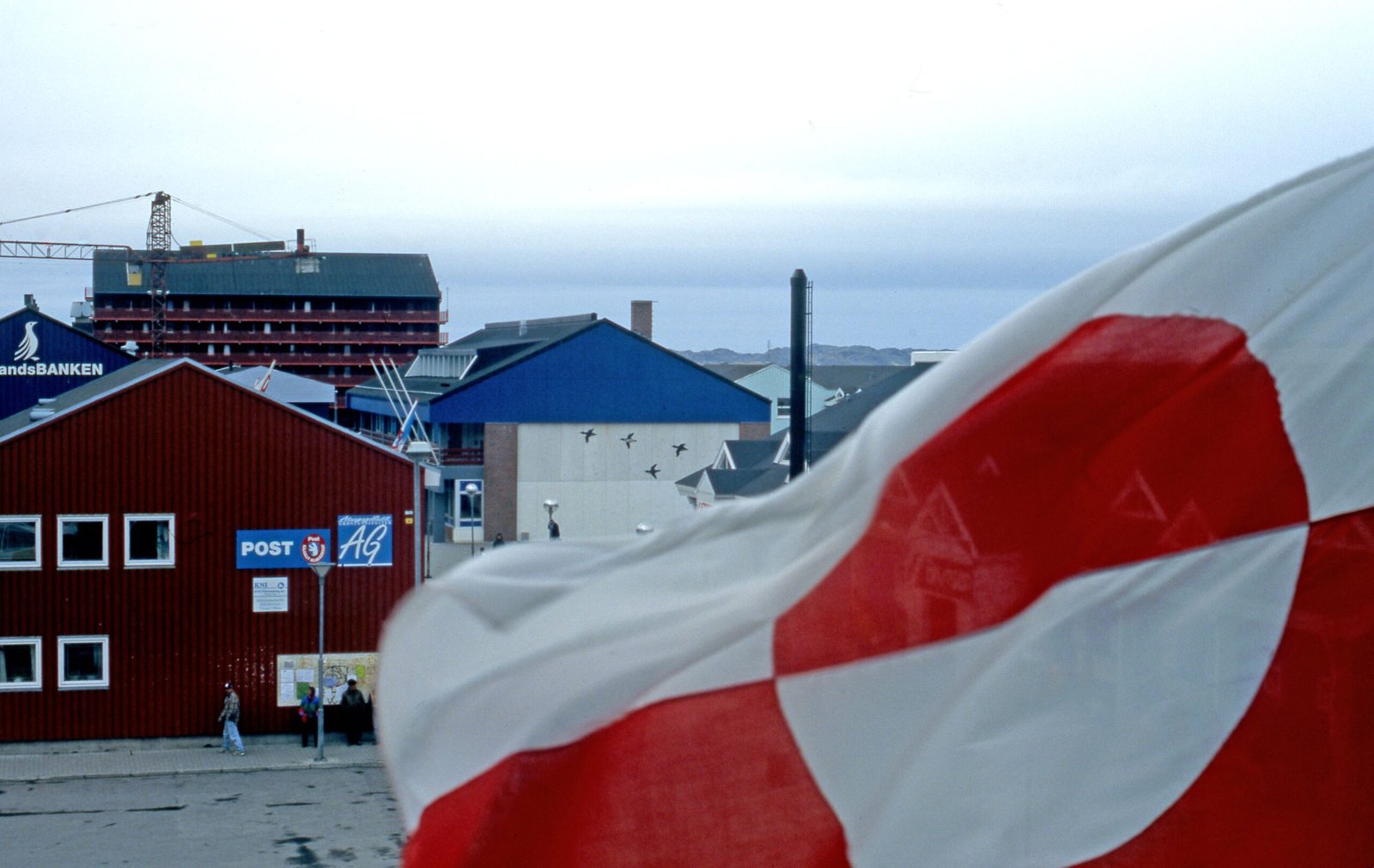Iceland is famous for its stunning landscapes, rich history, and vibrant culture, offering visitors breathtaking views and a unique culinary experience. The country’s food reflects its tough environment, the resourcefulness of its people, and deep-rooted traditions. One of the most iconic—and sometimes controversial—dishes is Hákarl, or fermented shark, a symbol of Iceland’s heritage. However, Icelandic cuisine goes far beyond this one dish. This article delves into Iceland’s traditional foods and the fascinating history behind Hákarl.
Icelandic Cuisine: A Blend of Geography and History
Icelandic cuisine is closely tied to the country’s rugged terrain and history. With its landscape dominated by glaciers, volcanoes, and the North Atlantic Ocean, farming has always been challenging, making fishing a critical part of survival. Over time, methods like smoking, drying, salting, and fermenting became essential to preserve food for the harsh winters, shaping Icelandic cooking traditions.
Classic Icelandic Dishes
Though Hákarl often grabs the spotlight, Iceland offers a variety of traditional dishes that showcase its land and sea resources. Some examples include:
Kjötsúpa: A hearty lamb and vegetable soup.
Skyr: A thick, creamy dairy product similar to yogurt, enjoyed as breakfast or dessert.
Plokkfiskur: A comforting fish stew made with cod or haddock, potatoes, and a rich béchamel sauce.
Hangikjöt: Smoked lamb, typically served with potatoes and peas.
Rúgbrauð: A dense rye bread traditionally baked with geothermal heat.
The Story of Hákarl: Iceland’s Fermented Shark
Hákarl is one of Iceland’s most infamous dishes, known for its pungent smell and distinct taste. Its history is equally interesting. It’s made from Greenland shark, which is toxic when fresh due to high levels of chemicals like urea and trimethylamine oxide. To make it edible, the shark meat must undergo a fermentation process.
How Hákarl is Made
The meat is buried in sand or gravel for six to twelve weeks to break down the toxins and drain excess moisture. After this, it’s hung up to dry for several months until it firms up, developing a crust on the outside. Once ready, the meat is cut into small pieces and eaten, famous for its strong ammonia-like smell and bold flavor.

The Taste of Hákarl: Not for Everyone
Hákarl is an acquired taste. Its powerful smell is often compared to ammonia or cleaning products, while its texture is chewy, and its flavor is a mix of tangy, fishy, and sour. While younger Icelanders don’t eat it often, Hákarl remains a traditional food enjoyed during the mid-winter festival Þorrablót, which celebrates Icelandic heritage. Although it can be a challenge for many, Hákarl is a testament to the endurance of Icelandic culture.
How to Eat Hákarl: A Bold Choice
For those adventurous enough to try Hákarl, it’s usually served in small cubes to make the flavor easier to handle. It’s often paired with Brennivín, a strong Icelandic schnapps, to help balance the taste. During Þorrablót, Hákarl is typically served as part of a traditional food platter, alongside other preserved foods like súrsaðir (soured dishes) and svið (boiled sheep’s head).







